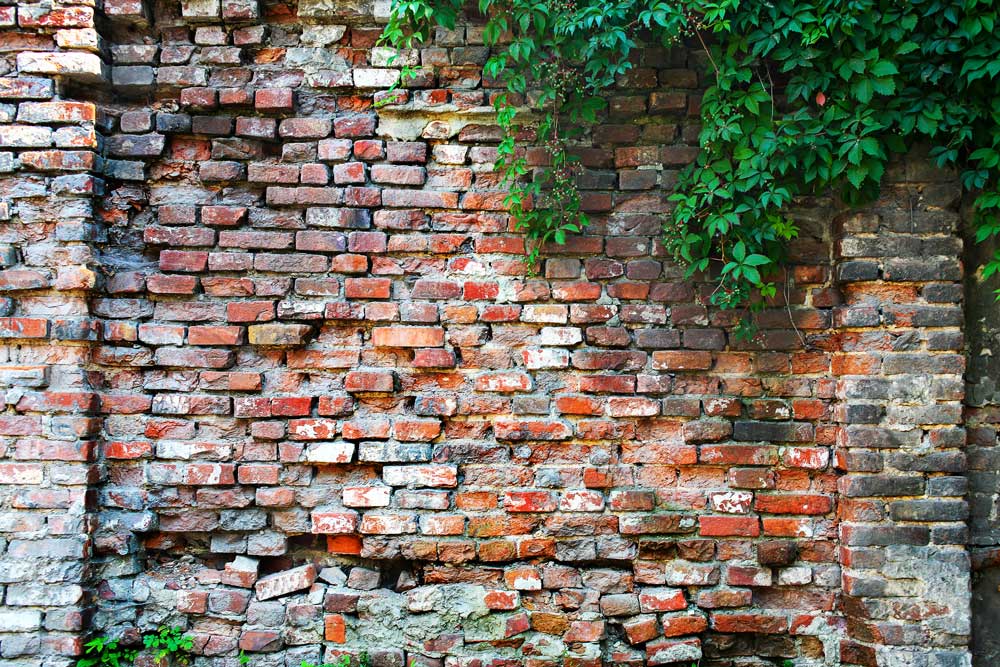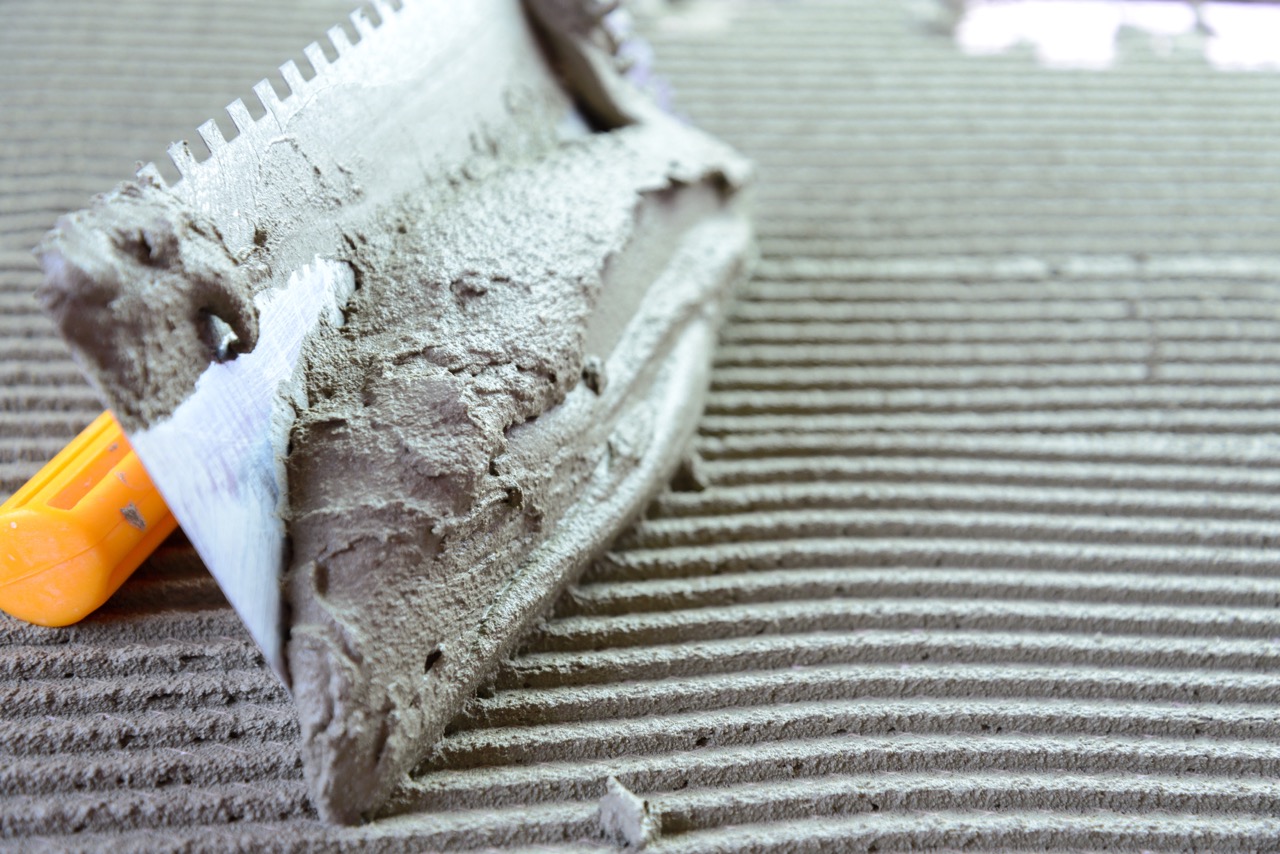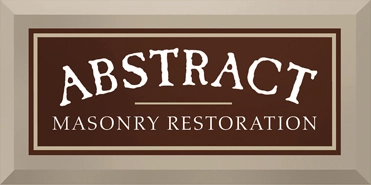Benjamin Franklin is quoted as saying, “An ounce of prevention is worth a pound of cure.“ While he was talking about fire prevention in Philadelphia, the advice applies to numerous aspects of life.
Building restoration is a booming industry because all masonry materials are prone to wear and tear. Whether due to improper installation or the test of time, man-made and natural masonry elements can benefit from a few common practices for a longer life.
Common Causes of Masonry Damage
What is it you need to avoid to protect your masonry? You can’t control the weather, but you can prepare your materials to survive.
Moisture
The number-one culprit for masonry damage is moisture. Depending on what your bricks are made of (clay, concrete, etc…) the material can be porous and absorb water. Rain, leaks, and runoff can cause cracks and crumbling and can damage the structure behind or under your masonry work.
Temperature Fluctuation
Going along with water damage, drastic changes in temperature can also negatively affect your masonry. The bricks themselves can expand and contract in the heat, and freezing water can cause displacement of your bricks. This is known as spalling, and it can lead to structural concerns if left untreated.
Settling and Displacement
Sometimes your foundation experiences the effects of settlement in the ground below. As a result, the integrity of your structure can be compromised, resulting in cracks or other damage. Any structural problems, whether it’s a failing beam or anchor, can also contribute to problems in your masonry.
Stains
Both interior and exterior walls can suffer aesthetically from stains. If you have brick or stonework serving as a kitchen backsplash, fireplace surround, or an exterior wall, all can be exposed to staining from the following:
- Water
- Soot
- Paint
- Food
- Cleaning Products
Material Composition Failure aka Bond Failure
Sometimes imperfections in the masonry materials themselves lead to premature damage to your home. If your bricks or other manufactured products weren’t made or sealed well, they can suffer from bond failure, resulting in crumbling, bulging, peeling, or flaking.
Preventing Damage to Masonry
Remember Franklin’s advice to invest in an ounce of prevention versus a pound of cure? Prevent more costly repairs and building restoration with these practices.
Proper Joint Materials
Invest in the right joint materials for your project. Mortar and grout serve as the glue that holds your brick or stone together, whether made from clay, concrete, or natural materials. Different types of joint material, and styles of application, can increase or decrease its resistance to moisture and its strength over time.
Create the Right Joint
Did you know applying mortar isn’t just about slapping the product between two layers of brick and smoothing it out? There’s also an art to how the joint is finished. Different tools can get different visual effects, some of which are directly related to water resistance.
- Concave Joint
- V-Joint
- Weather Joint
- Grapevine Joint
- Extruded / Squeezed Joint
- Beaded Joint
- Struck Joint
- Raked Joint
- Flush Joint
- Tuckpointing
Expansion Joint Placement
Different than mortar, joint placement refers to incorporating segments into the project as a whole. A tall or long wall will have expansion joints built into it to accommodate expansion, settlement, or creep. These expansion joints can run vertically for tall walls, or horizontally for long walls. They should not be located near downspouts, and they should be comprised of compressible material to allow for and absorb movement.
Control Water Runoff
Since water is an enemy of mortar and brickwork, make sure your home or business has proper water drainage. From rain gutters to puddling around the foundation, give water a place to go so it’s not wearing away your masonry.
Address Cracking Immediately
If you want to avoid a large building restoration project, address any issues you see immediately! From cracks to flaking, talk to an expert to remedy the situation.
Remove Plant Growth
Creeping plants are beautiful on the exterior of a building, or along a wall. Unfortunately, they can compromise the integrity of your masonry. Whether it’s the vines themselves or the moisture they trap, they can expose your brick to premature wear. Remove plant growth to protect your brick, or use a trellis system to give the vines something better to grow on.
Chimney Inspection
Don’t forget to look up when inspecting your masonry. Chimneys are prone to damage both inside and out, so keep up with regular inspections from a professional. Additionally, ensure you have a snow and/or rain cap to deter water from going inside your chimney. These caps are like little hats to top your chimney, so they can keep water and wildlife out while allowing smoke to vent.
Use Sealant
Bricks and mortar can benefit from a proper sealant. It can prevent moisture absorption, and prevent plant growth on your masonry.
Repairing Historic Masonry
Sometimes, despite our best efforts, we find our homes in need of repair or restoration. If that’s the case, refer to the restoration experts of Salt Lake City. Abstract Masonry can help with the following and more.
Patching Brick
Color and texture matching for existing masonry is tricky but worth it. An experienced building restoration company will do its best to make patches imperceptible, whether it’s to the bricks themselves, or just the mortar joints.
Repairing Mortar
Speaking of mortar, keep in mind its lifespan may be just 25 years. This means you could see changes in appearance long before the bricks deteriorate in any way. Loose mortar can be raked out from between bricks, allowing the joints to be refilled. This applies to clay bricks, terra cotta tiles, and even concrete. Various methods may be used, including mortar vs caulk, but it’s intended to preserve the aesthetic and integrity of your masonry work.
Reinforcing Stucco
If your stucco is suffering, it can be a fairly easy fix if there’s no damage beyond the surface. Cleaning the affected area and applying a new layer of stucco can be done with simple tools such as a stiff brush and a putty knife. However, if the job seems too intimidating, don’t hesitate to defer to an expert.
To address any issues with brick, adobe, stucco, terra cotta, concrete, or mortar, contact the experts at Abstract Masonry today.







